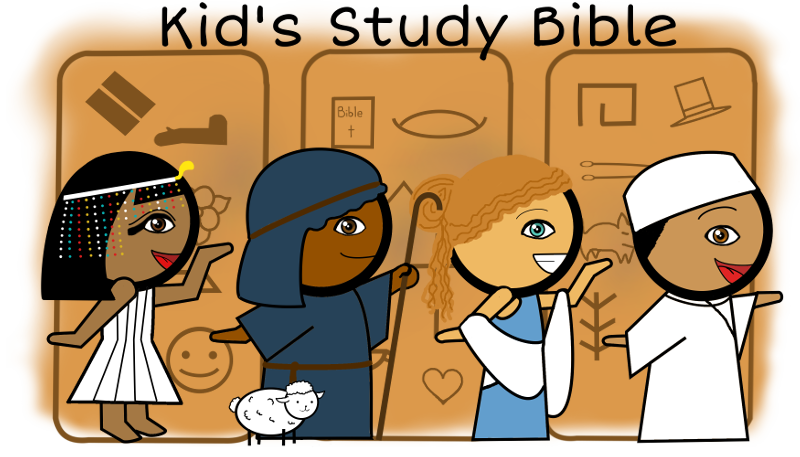Home -> Glossary of Words in the Bible -> Sacrifice
Definition of Sacrifice in the Bible
Sacrifice
Sacrifice: The offering up of sacrifices is to be regarded as a divine
institution. It did not originate with man. God himself
appointed it as the mode in which acceptable worship was to be
offered to him by guilty man. The language and the idea of
sacrifice pervade the whole Bible.
Sacrifices were offered in the ante-diluvian age. The Lord clothed Adam and Eve with the skins of animals, which in all probability had been offered in sacrifice (Gen. 3:21). Abel offered a sacrifice "of the firstlings of his flock" (4:4; Heb. 11:4). A distinction also was made between clean and unclean animals, which there is every reason to believe had reference to the offering up of sacrifices (Gen. 7:2, 8), because animals were not given to man as food till after the Flood.
The same practice is continued down through the patriarchal age (Gen. 8:20; 12:7; 13:4, 18; 15:9-11; 22:1-18, etc.). In the Mosaic period of Old Testament history definite laws were prescribed by God regarding the different kinds of sacrifices that were to be offered and the manner in which the offering was to be made. The offering of stated sacrifices became indeed a prominent and distinctive feature of the whole period (Ex. 12:3-27; Lev. 23:5-8; Num. 9:2-14). (See ALTAR T0000185.)
We learn from the Epistle to the Hebrews that sacrifices had in themselves no value or efficacy. They were only the "shadow of good things to come," and pointed the worshippers forward to the coming of the great High Priest, who, in the fullness of the time, "was offered once for all to bear the sin of many." Sacrifices belonged to a temporary economy, to a system of types and emblems which served their purposes and have now passed away. The "one sacrifice for sins" hath "perfected for ever them that are sanctified."
Sacrifices were of two kinds: 1. Unbloody, such as (1) first-fruits and tithes; (2) meat and drink-offerings; and (3) incense. 2. Bloody, such as (1) burnt-offerings; (2) peace-offerings; and (3) sin and trespass offerings. (See OFFERINGS T0002770.)
Sacrifices were offered in the ante-diluvian age. The Lord clothed Adam and Eve with the skins of animals, which in all probability had been offered in sacrifice (Gen. 3:21). Abel offered a sacrifice "of the firstlings of his flock" (4:4; Heb. 11:4). A distinction also was made between clean and unclean animals, which there is every reason to believe had reference to the offering up of sacrifices (Gen. 7:2, 8), because animals were not given to man as food till after the Flood.
The same practice is continued down through the patriarchal age (Gen. 8:20; 12:7; 13:4, 18; 15:9-11; 22:1-18, etc.). In the Mosaic period of Old Testament history definite laws were prescribed by God regarding the different kinds of sacrifices that were to be offered and the manner in which the offering was to be made. The offering of stated sacrifices became indeed a prominent and distinctive feature of the whole period (Ex. 12:3-27; Lev. 23:5-8; Num. 9:2-14). (See ALTAR T0000185.)
We learn from the Epistle to the Hebrews that sacrifices had in themselves no value or efficacy. They were only the "shadow of good things to come," and pointed the worshippers forward to the coming of the great High Priest, who, in the fullness of the time, "was offered once for all to bear the sin of many." Sacrifices belonged to a temporary economy, to a system of types and emblems which served their purposes and have now passed away. The "one sacrifice for sins" hath "perfected for ever them that are sanctified."
Sacrifices were of two kinds: 1. Unbloody, such as (1) first-fruits and tithes; (2) meat and drink-offerings; and (3) incense. 2. Bloody, such as (1) burnt-offerings; (2) peace-offerings; and (3) sin and trespass offerings. (See OFFERINGS T0002770.)


